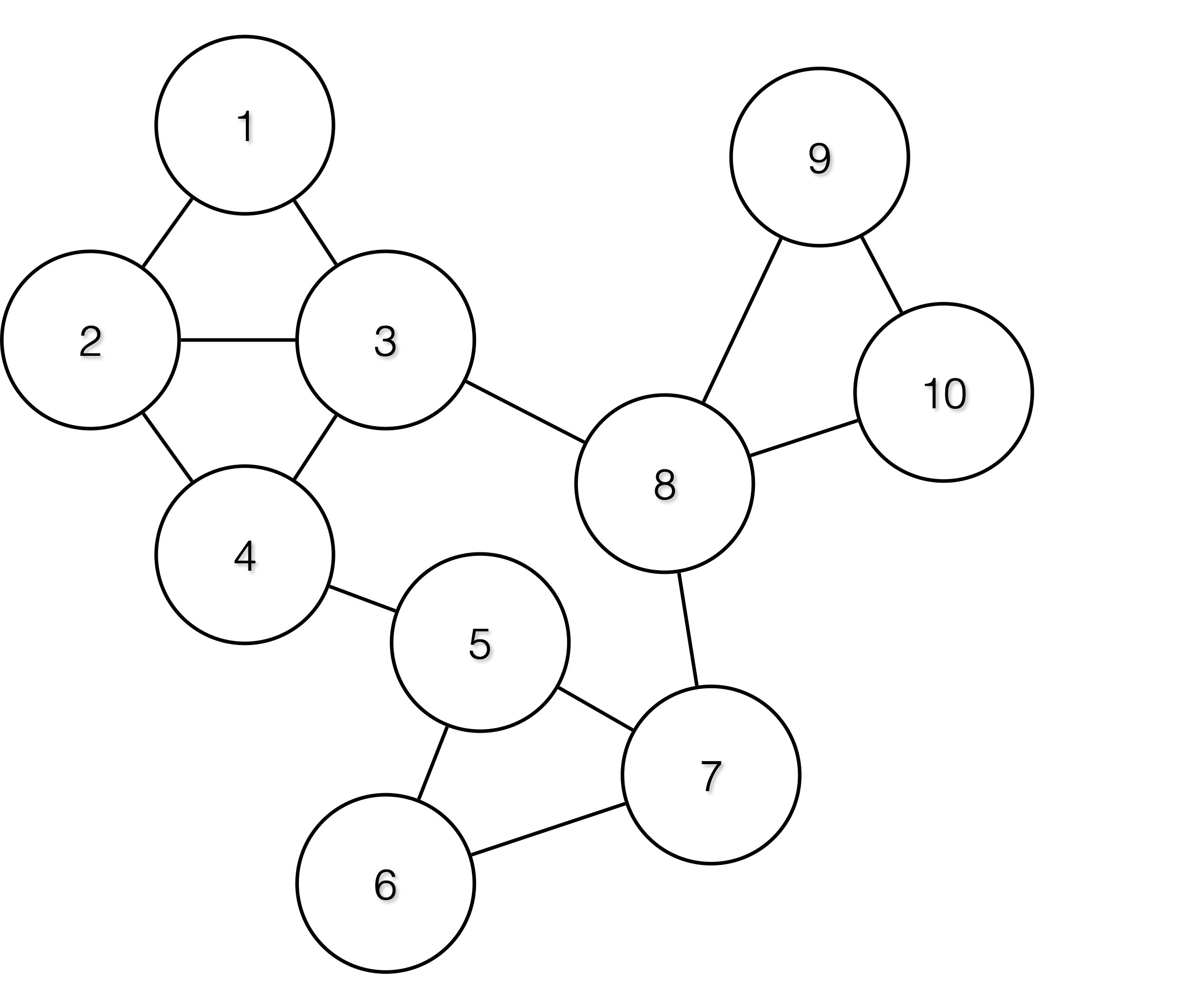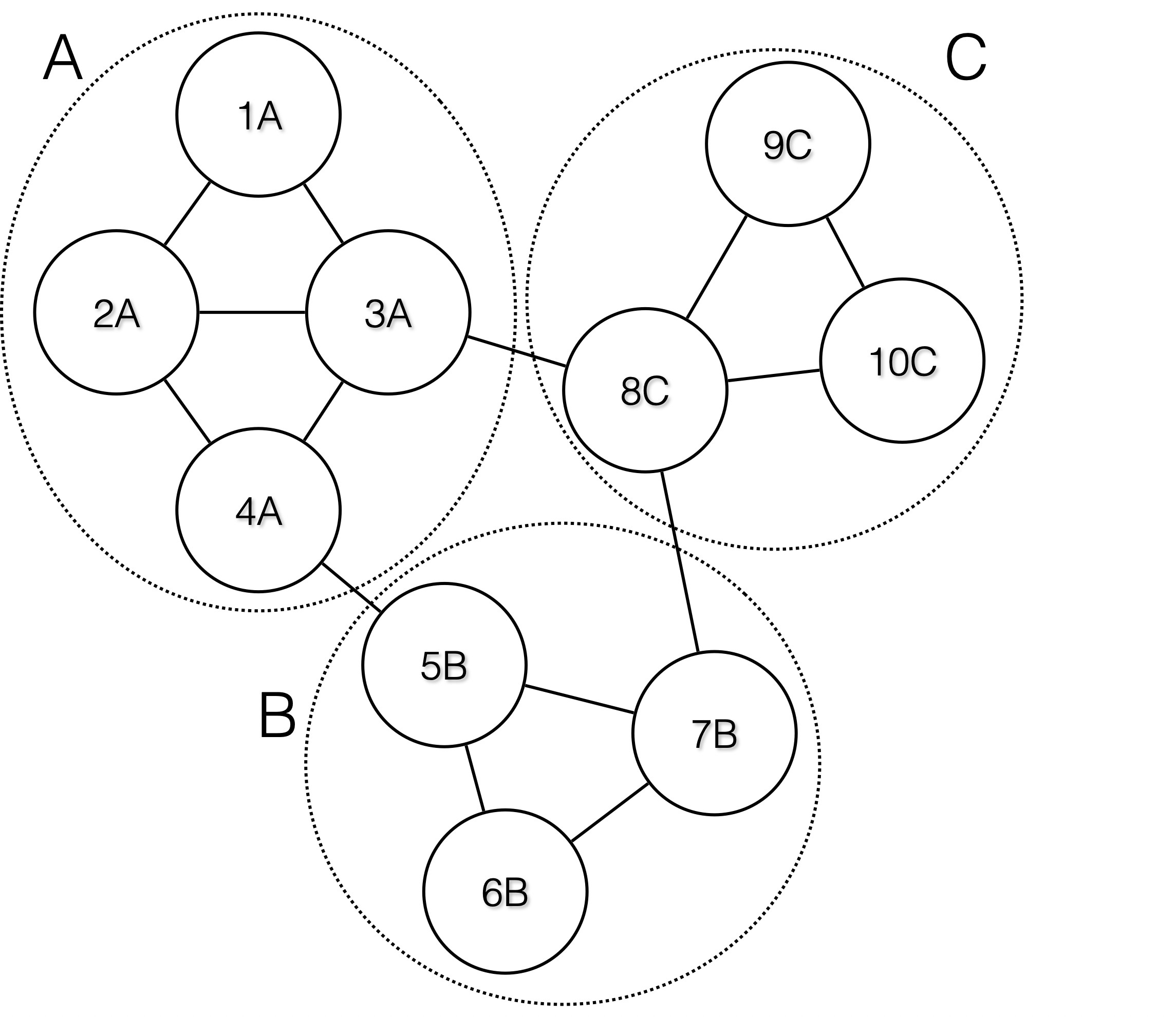Suggest Child Scopes
Suggest Child Scopes is a tool that uses machine learning algorithms (such as community detection in networks) to discover groupings that could serve as scopes. This tool is helpful when building a scope hierarchy, and facilitates the process of defining more granular child scopes for a given scope. Candidate child scopes are shown as suggestions that can then be selected and added.
Description of Algorithms: A graph based on the communications among the unclaimed members of the parent scope is first created (note: unclaimed members are those that do not belong to any child scope of the parent), and the graph is preprocessed, for example the algorithms attempt to identify endpoints that communicate with sufficiently high proportion of other endpoints in the graph. Such a group of endpoints, if found, is displayed to the user as a candidate common services grouping. The rest of the graph is processed to detect groups that behave as communities, meaning roughly that the endpoints disproportionately communicate with one another more often (or on more provider ports) than to endpoints outside the group. Each such grouping may correspond to an application or a department within the organization. Such a partitioning can also lead to sparser policies among scopes.
Example:
Let 1 through 10 be individual endpoint IPs. Assume the input (communications) graph is as follows:

Then the endpoints 1 - 4, 5 - 7 and 8 - 10 will be grouped together because they have relatively high degree of communication (number of edges) among one another, and relatively low communications to other endpoints.

